Newsrooms are investing in laboratories to experiment with new storyforms. But many continue to rely on outside partners for their most ambitious immersive projects.
 Lam Thuy
Vo/BuzzFeed Open Lab
Lam Thuy
Vo/BuzzFeed Open LabRoger Kenny wants to propel you into the news.
Last November, the head of virtual reality for The Wall Street Journal and Dow Jones invited readers to strap on a Google Daydream headset, stand in a virtual living room inside a virtual Manhattan skyscraper and view live market data as well as breaking news stories all with a swing of the head and a swipe of the handset.
“Our thinking from the beginning was to build a platform that was live news in VR,” says Kenny, who is part of a team of 12 in the Dow Jones Innovation Lab. His team is building the Daydream app as well as holding workshops and prototyping market data experiences in augmented reality on Microsoft’s HoloLens and Google’s Tango app. “The Innovation Lab is tasked with doing risky things and that puts pressure on everyone else to step up their game and do more interesting things.”
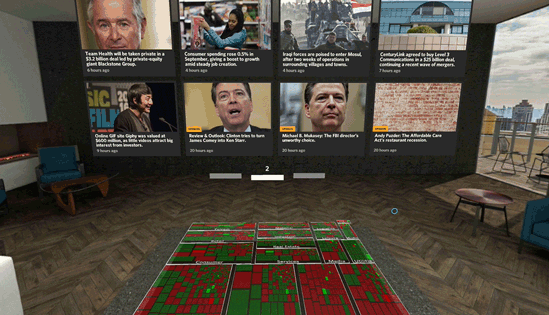 Daydream
users can experience this 3D visualization of live market data.
Daydream
users can experience this 3D visualization of live market data.The Wall Street Journal is part of a wave of news organizations experimenting with 360 video and virtual reality. It’s one of the few serious enough about these platforms and storyforms to incorporate a skunkworks laboratory to tinker with new tools and techniques.
But it’s not only legacy newsrooms like the WSJ that are ponying up the resources to build these research and development arms. Similar laboratories have sprung up at newer media companies such as Vox and BuzzFeed, too, all dedicated to conveying stories in innovative ways using the latest technology to attract — and hopefully retain — new audiences. What newsrooms are learning is that while in-house laboratories can help develop new ways of storytelling, outside partners like game design and virtual reality production studios also are eager to lend a hand and tell news stories using the state of the art.
At the labs, many choices for experiments
Last June, during the lead-up to the 2016 presidential election, BuzzFeed sent a 360-degree camera to a Donald Trump rally in San Jose, California, capturing and broadcasting a rambunctious protest outside the city’s convention center for tens of thousands of viewers on Facebook.
The rig used to film the protest was custom-designed and 3D-printed by Ben Kreimer, an inaugural fellow at the BuzzFeed Open Lab for Journalism, Technology, and the Arts, a research and development arm founded in 2015 that hosts five fellows for year-long projects. Over his tenure at the lab, Kreimer helped develop BuzzFeed’s 360 camera rig with two GoPro cameras before a reliable, off-the-shelf version had hit the market. He also conducted experiments strapping cameras to drones and converting video into 3D virtual worlds.
“After buying all the tools and equipment… I immediately began working on 360 video and VR storytelling, before it exploded in popularity,” says Kreimer, who has since left the organization.
But now, the lab is tacking in a different direction. Amanda Hickman, director of the Open Lab, says that while they have made “a lot of headway” with 360 video, the projects she currently sees having the most potential at BuzzFeed are “playing with new ways to apply machine learning to creating narratives from image collections and looking for ways to repurpose obsolete electronics into discrete wearable cameras.”
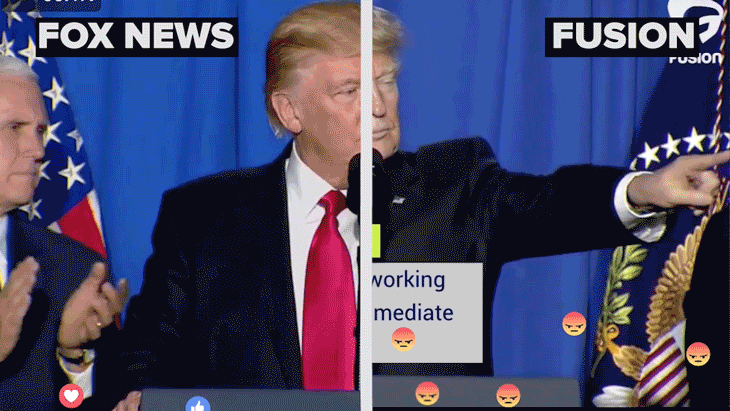 Lam
Thuy Vo/BuzzFeed Open Lab
Lam
Thuy Vo/BuzzFeed Open LabHickman says they’re also looking through social data for stories, with two examples being Lam Thuy Vo and Charlie Warzel’s juxtaposition of two Facebook Live feeds of a Donald Trump speech and their recent analysis of the URLs Trump has tweeted since he launched his Presidential campaign. The latter, by dissecting more than 20,000 Trump tweets, found that Trump heavily shared links to Breitbart, Newsmax, Conservative Treehouse and other “right-leaning, hyper-partisan sites and opinion blogs.” The Lab also recently launched a telephone hotline for listeners to hear crowdsourced stories of immigrant experiences.
For his part, Kreimer, who calls himself a journalism technologist, is glad BuzzFeed allowed him to tinker and build useful tools for its reporters. But, as with any new technology, it wasn’t always smooth sailing. Reporters are busy people, he admits, and the technology sometimes stopped working. “Execution time and uncertain outcomes are challenges that arise when using new tools in a newsroom,” he says.
Kelsey Scherer is mindful of those technological hiccups and newsroom pressures, too. A senior product designer at Vox Media’s Storytelling Studio, Scherer is part of a team of eight engineers and designers developing new ways of telling stories across Vox Media’s editorial brands, which include Vox, Recode, Curbed and Eater. Thankfully, she says, her team is given a long leash to work through those hiccups.
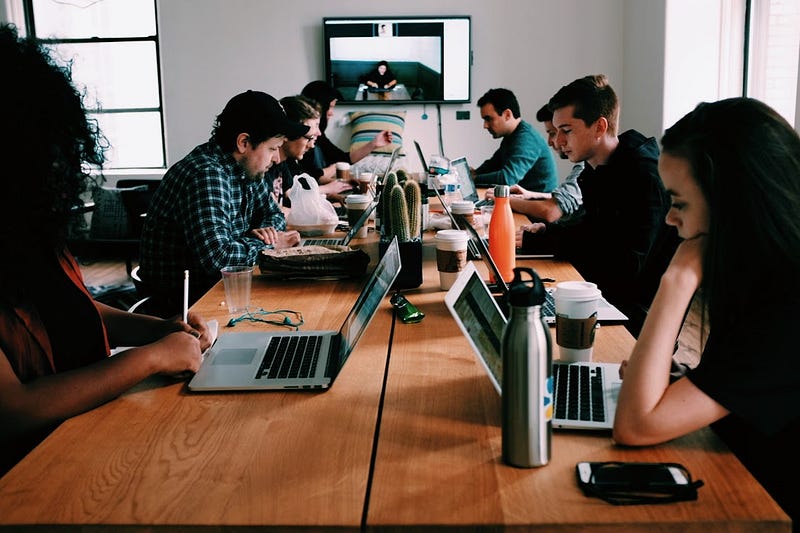 Lauren
Rabaino/Vox Media’s Storytelling Studio
Lauren
Rabaino/Vox Media’s Storytelling StudioBorn out of Vox Media’s Product division, the Storytelling Studio employs frequent user testing and rapid iteration, mostly with nimble front-end web development. A recent Curbed feature on U.S. cities, for example, employed location-based data to personalize the stories to the reader’s IP address. Last summer, the studio planned and built a seven-part multimedia package of Vox’s Hillary Clinton interview, which involved pre-planning, coverage and design with site editor Ezra Klein before he sat down with Clinton. Bringing colleagues into the process early on was key to the project’s success.
Only a few months old, the Storytelling Studio hasn’t yet done anything with augmented or virtual reality, Scherer admits, but it did recently partner with American University’s Game Lab to develop a quiz that was embedded within an oral history of Final Fantasy 7, produced for Vox Media’s video game news site Polygon.
One brainstorming session led to the question, ‘Wouldn’t it be cool to make a game?” explains Scherer. “We found a way for all of us to work together to make a concept of a quiz-like game that could be inserted into the story.” Game developers, in fact, are no strangers to collaborating with newsrooms. Al Jazeera, for instance, partnered with the National Films and Television School to develop #Hacked and Altera Studio to create Pirate Fishing.
The power of partnerships
Even for news organizations with R&D laboratories — which are costly once hardware, space and salaries are added up — collaborating with game design or VR production studios remains a viable option for certain stories and specific platforms. Working with outside partners can defray costs and streamline development while yielding impressive results.
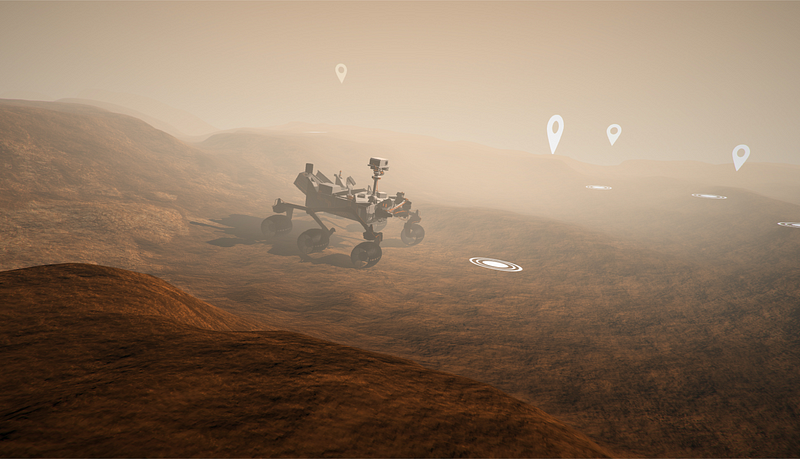 Explore the
surface of Mars in this Washington Post/University
of Texas collaboration
Explore the
surface of Mars in this Washington Post/University
of Texas collaborationLast March, for example, The Washington Post published a virtual reality tour of Mars that it built with the University of Texas. And The Guardian has teamed up with production studio The Mill to create several projects, including “Underworld,” a virtual exploration of London’s sewer system created for Daydream, and “6 X 9: An Immersive Experience of Solitary Confinement,” shown at the Sundance and Tribeca film festivals.
“We’ve written a lot about solitary confinement and made videos, but this is a very different experience of that subject,” The Guardian’s Francesca Panetta, executive editor of virtual reality, told Newsweek. Built with game engine Unity, the VR experience wove audio recordings of inmates who had experienced solitary confinement with a claustrophobic virtual simulation of a jail cell created by The Mill.
Many newsrooms, though, still hope to build those kinds of stories in house.
In November 2015, The New York Times made a statement when it mailed out to its subscribers more than a million Google Cardboards, the low-cost viewers through which it is telling video stories in 360 degrees and stereo sound. Through Google Cardboard and the NYT VR app, the paper has taken its audience to the top of 1 World Trade Center and to the cratered landscapes of Pluto and Falluja, Iraq.
 The Daily 360 gives readers a new way to
experience locations they would not normally visit.
The Daily 360 gives readers a new way to
experience locations they would not normally visit.In order to more frequently produce 360 stories, the paper recently added “The Daily 360,” which is tasked with creating bite-sized 360 videos from such places as a psychiatric hospital in Venezuela, a California marijuana farm, or a hamlet in Namibia. Production value is low, but so is the barrier to allowing readers a feel for wrap-around video.
Last May, in order to support experimentation with new story formats and platforms, the Times relaunched NYTLabs, its R&D lab, as Story[X], though it hasn’t said exactly what sort of content it will be developing.
It’s worth noting that the Times’ most splashy VR projects, like “The Displaced” — which debuted with the NYT VR app and relied on the expertise of “immersive artist” and VR filmmaker Chris Milk — take months and require vast resources to create. In fact, the paper has leaned on VR outfits like RYOT, Within and Koncept VR to do the work it would rather not. As is the case with so many other newsrooms, even though it has an in-house laboratory to explore the future of immersive storytelling, readers shouldn’t be surprised if the organization relies on outside partners to help it push the boundaries of how we consume the news.
Don’t Miss: Investment in Innovation Should Strive to Make the Whole Newsroom “The Lab”; An Immerse response by Sam Ford
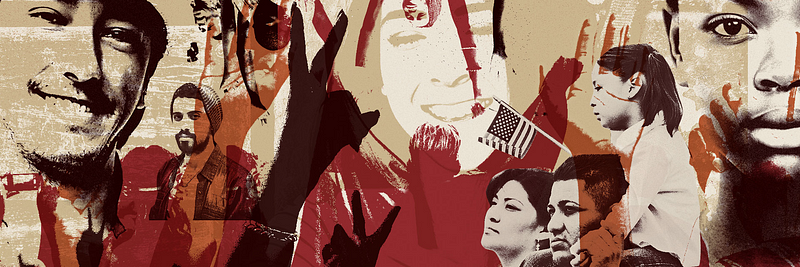
Immerse is an initiative of Tribeca Film Institute, MIT Open DocLab and The Fledgling Fund. Learn more about our vision for the project here.